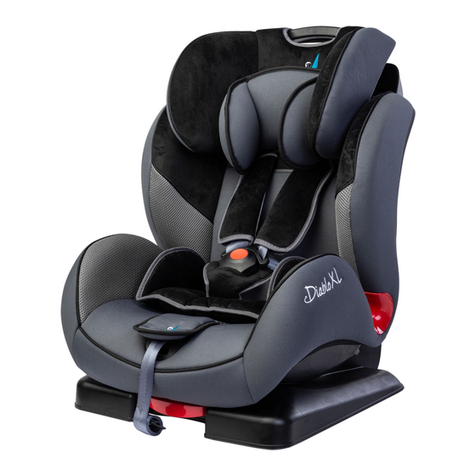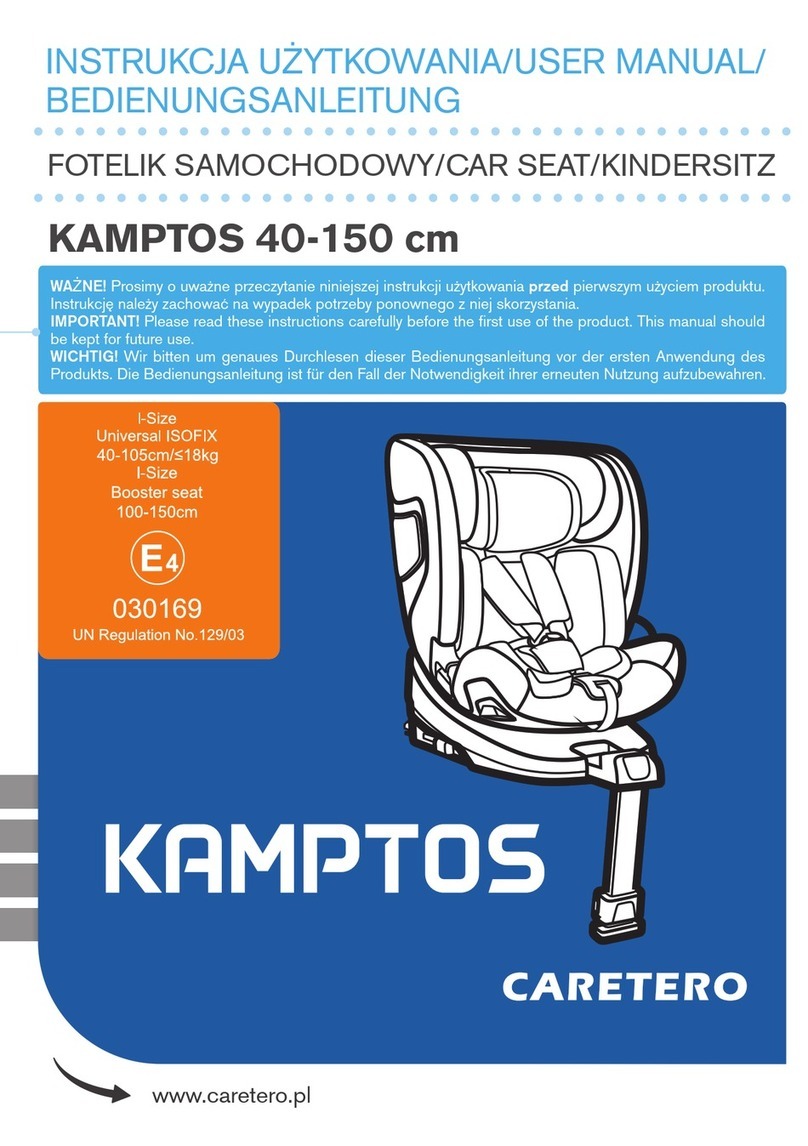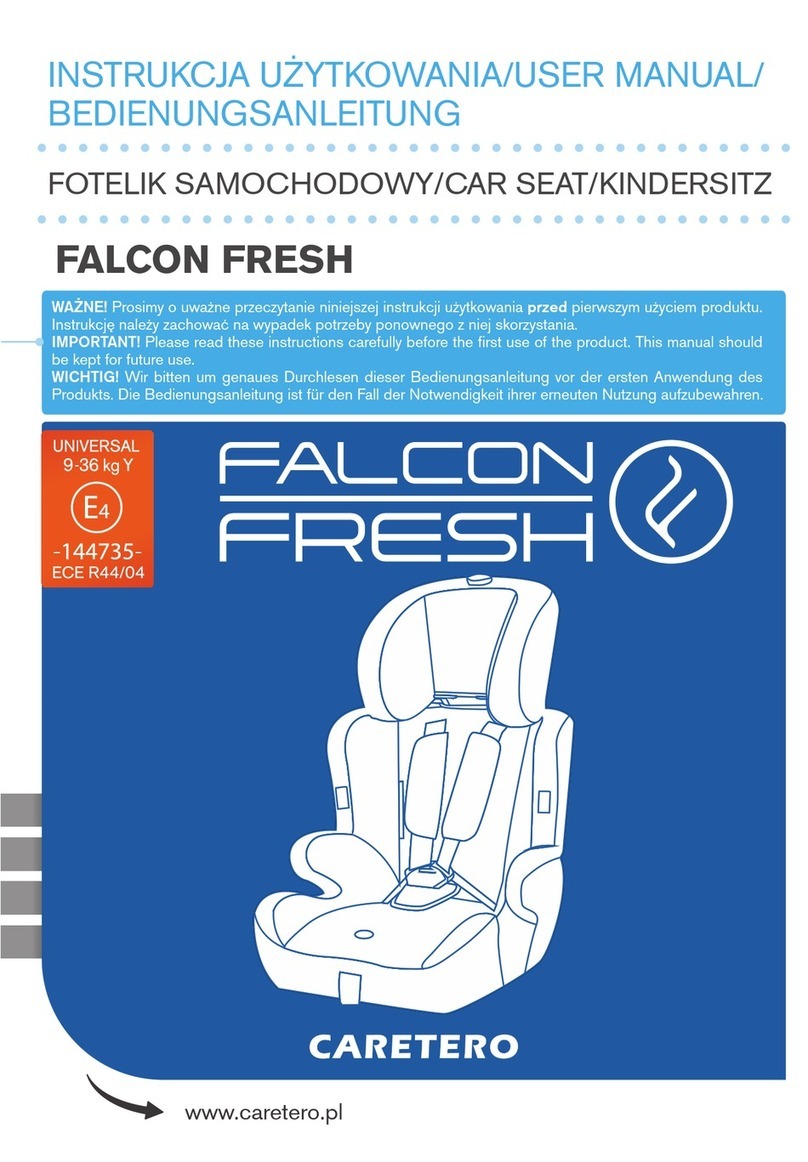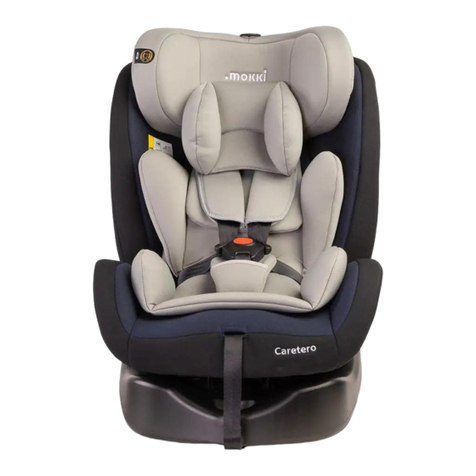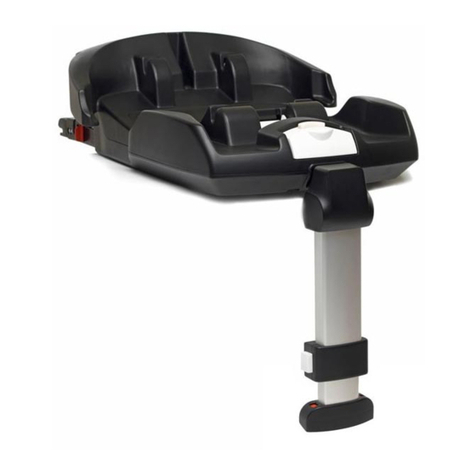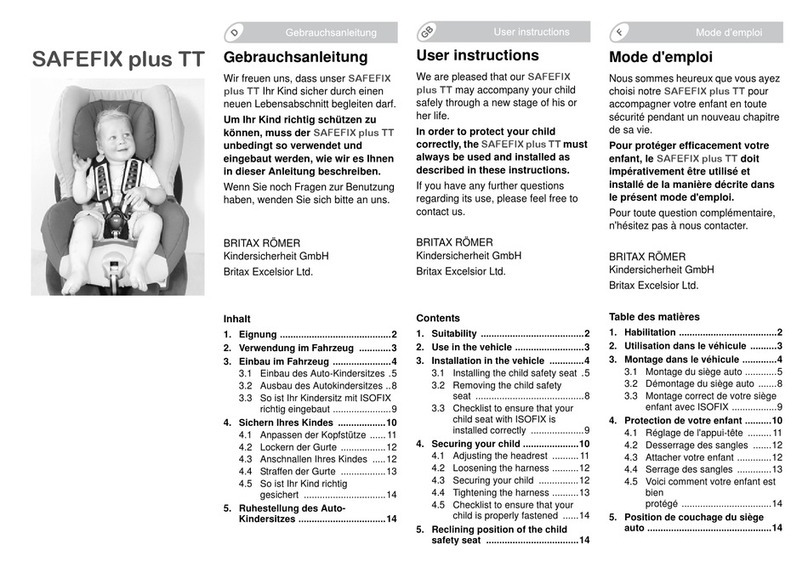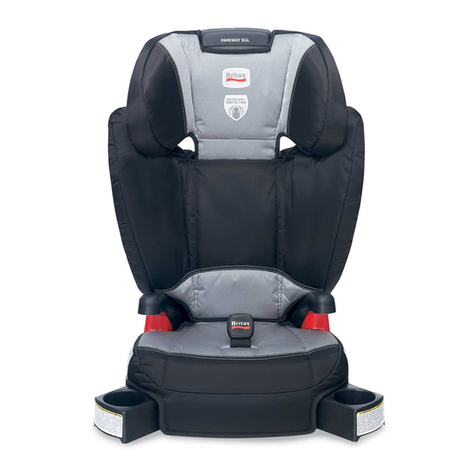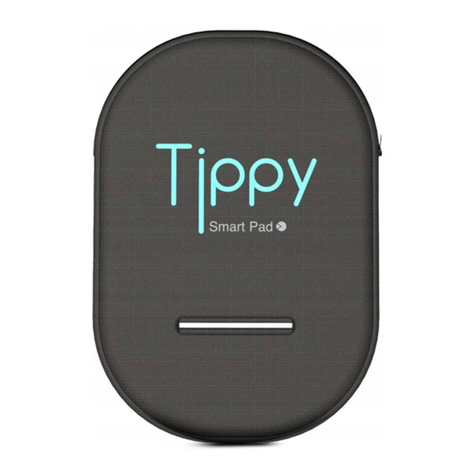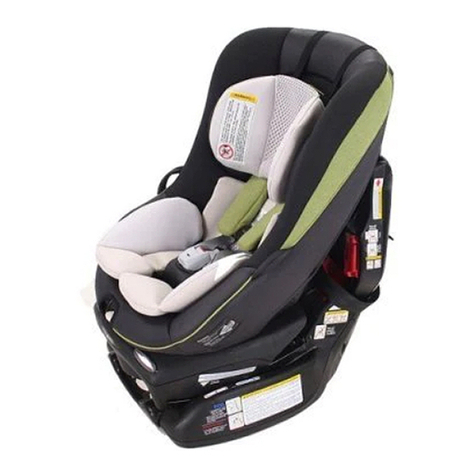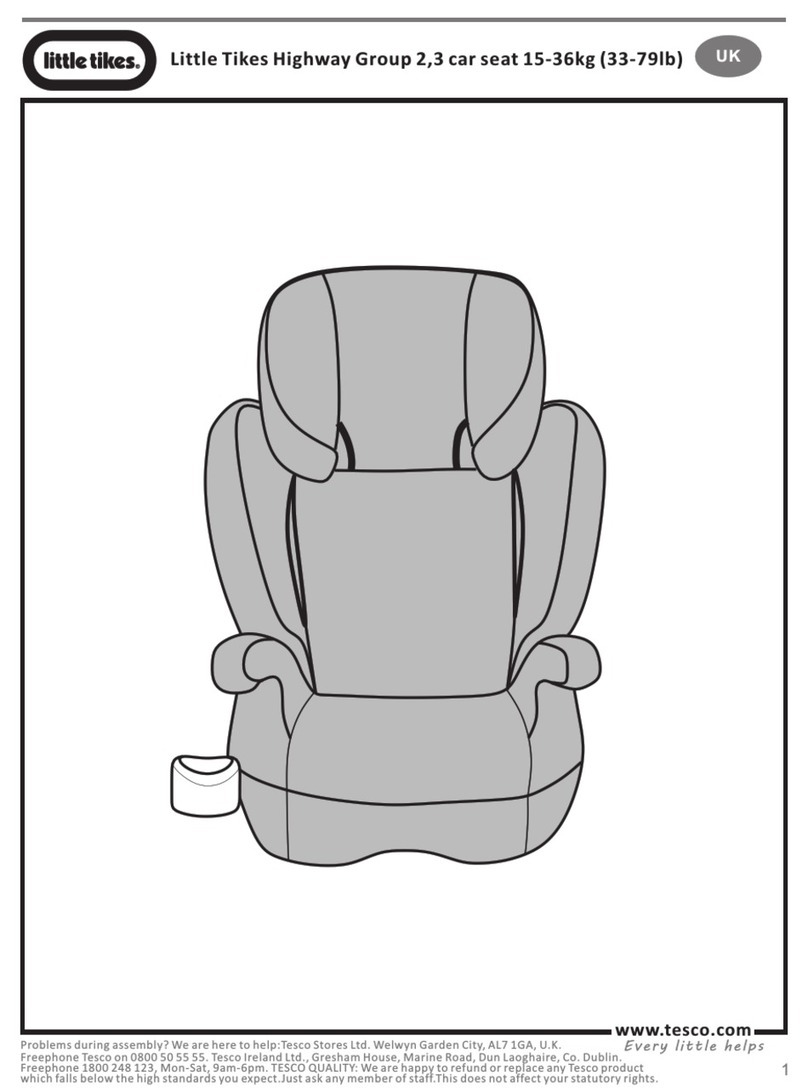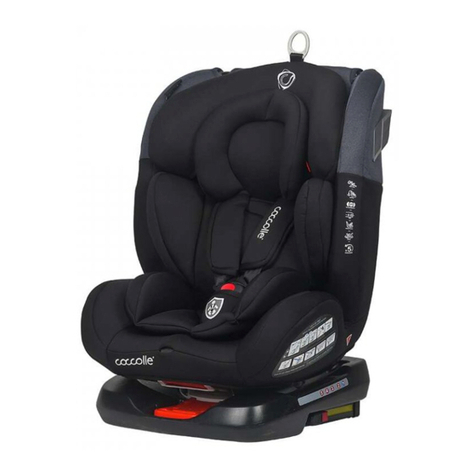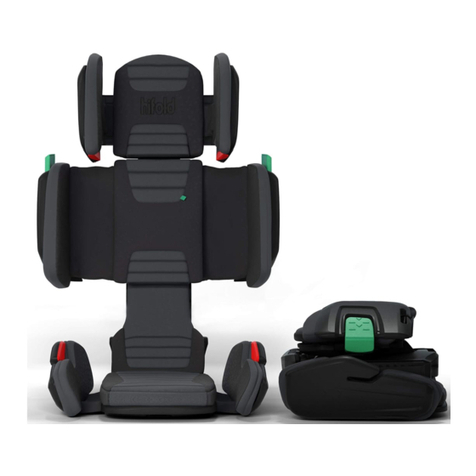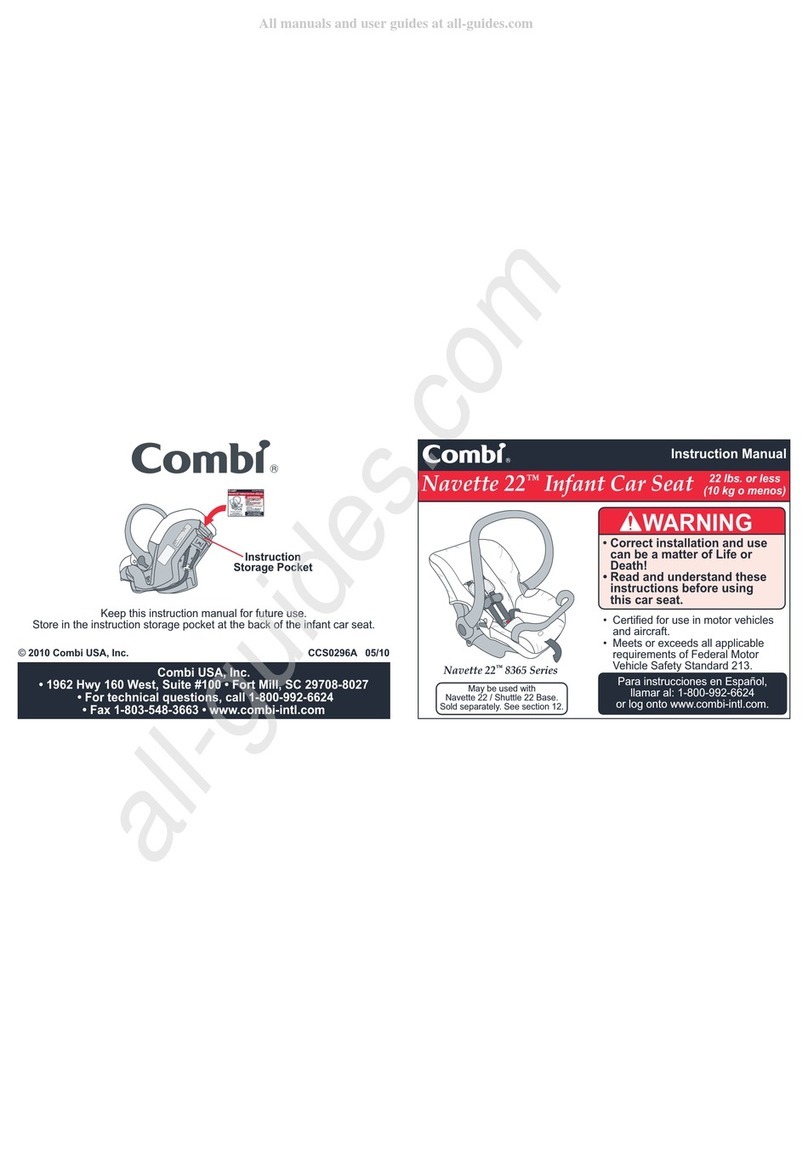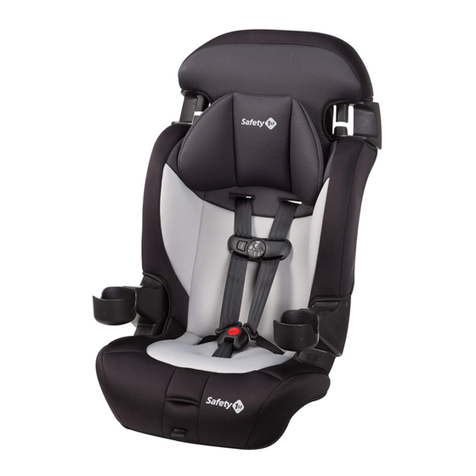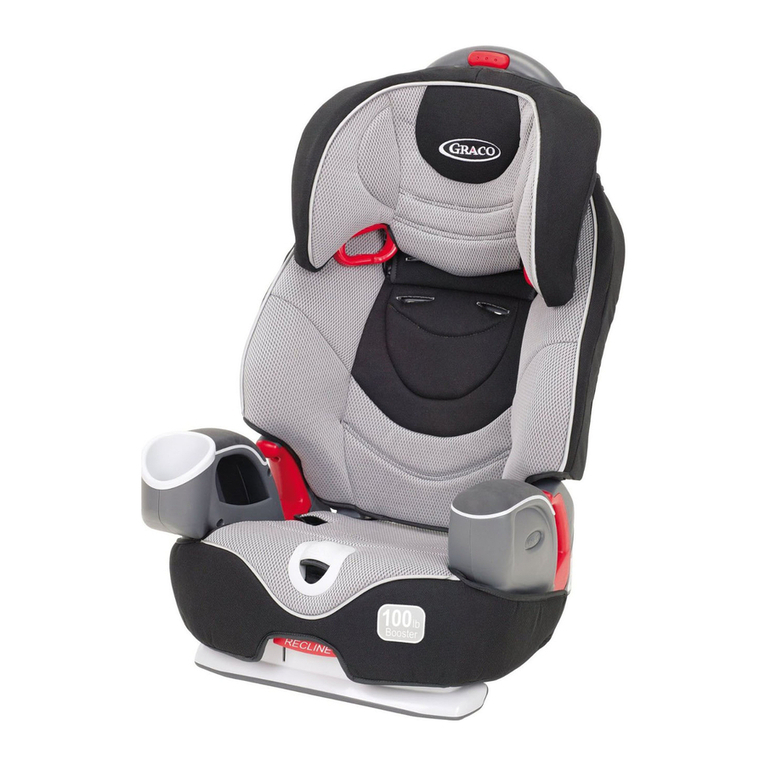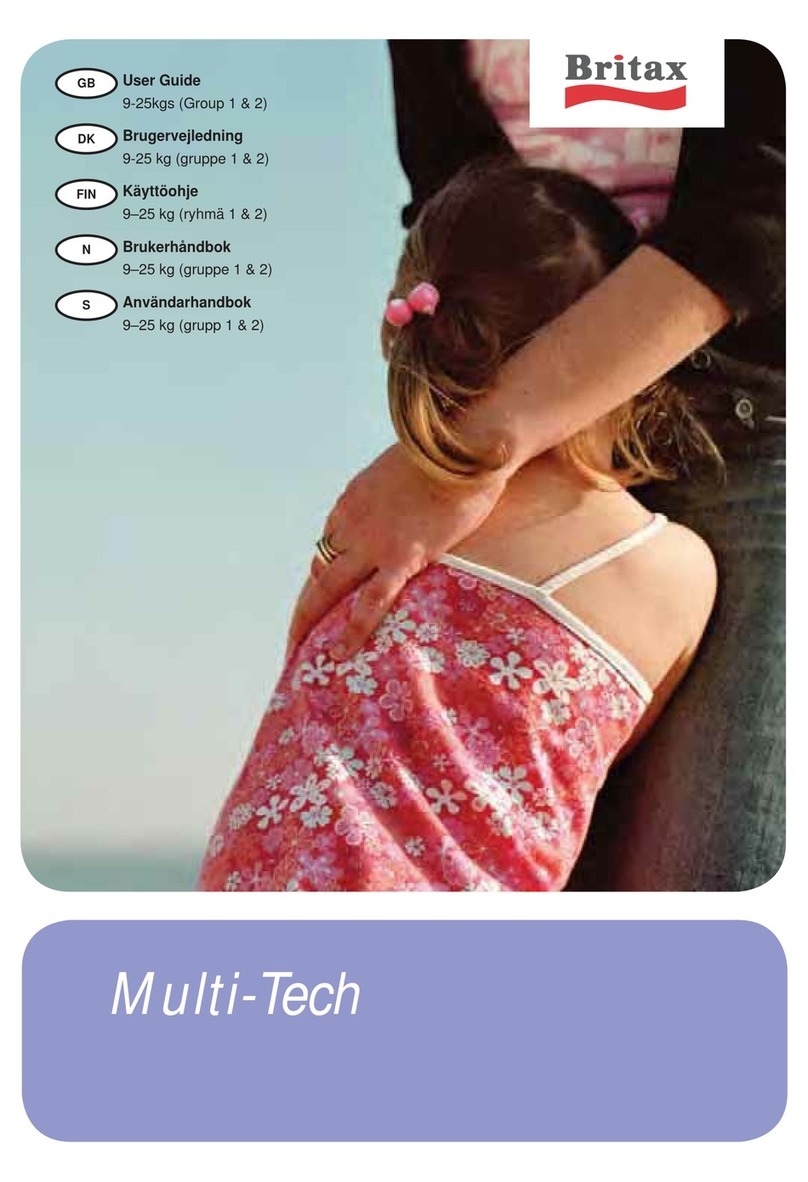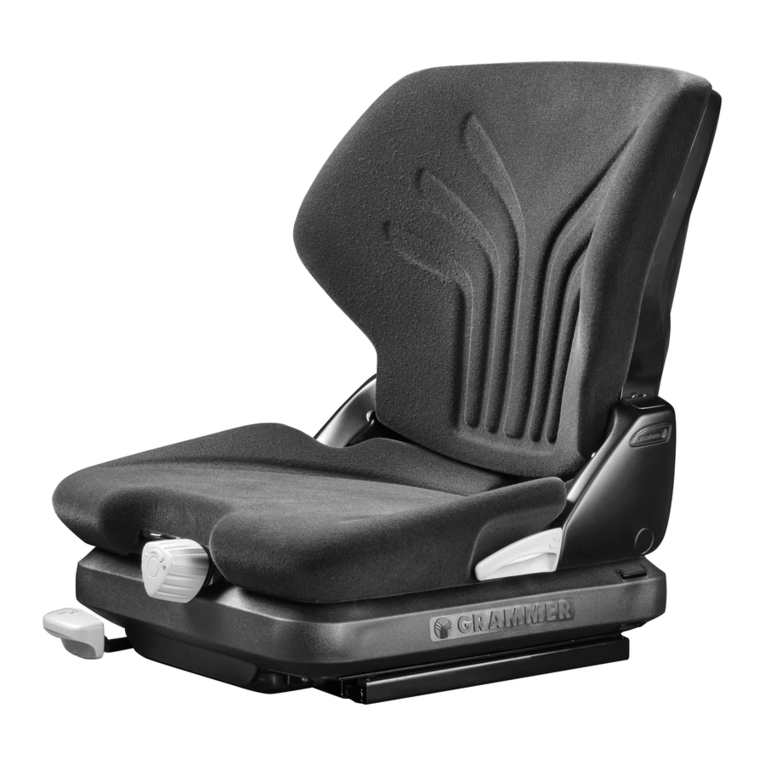
Dziękujemy za zakup fotelika samochodowego Caretero EGIS.
Kupili Państwo nowoczesny produkt wysokiej jakości.
Jesteśmy przekonani, że zapewni on Państwa maluchowi bezpieczeństwo i pomoże
w jego harmonijnym rozwoju.
Zachęcamy do zapoznania się z naszą kompletną ofertą na stronie www.caretero.pl.
Czekamy również na wszelkie uwagi dotyczące użytkowania naszych produktów.
Zespół marki Caretero.
Thank you for choosing the Caretero EGIS car seat.
You purchased a modern and high-quality product.
We are sure that it will provide your child with safety and will ensure hir or her
proper, harmonous growth.
We encourage you to learn about our full offer by visiting our website
www.caretero.pl.
We are also eager to hear your opinions on our products. Should you have any
remarks, feel free to share them with us.
Caretero brand Team.
Wir danken Ihnen für den Kauf des Kindersitzes Caretero EGIS.
Sie haben ein modernes Produkt von hoher Qualität erworben.
Wir sind überzeugt, dass es Ihrem Kind Sicherheit garantiert und es bei der
harmonischen Entwicklung unterstützt. Wir laden Sie herzlich dazu ein, sich mit
unserem vollständigen Angebot auf der Website www.caretero.pl bekannt zu
machen. Außerdem nehmen wir gern Anmerkungen und Hinweise zur Nutzung
unserer Produkte entgegen.
Caretero Mannschaft.
